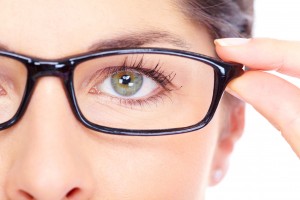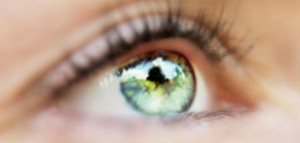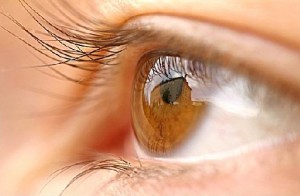Marijuana and related substances have a long and complicated history, as well as a reputation as dangerous and illegal substances. Yet, due to the legalization of cannabis for both medical and recreational use in some U.S. states, and the scientific evidence that exists in regard to its potential medicinal applications, marijuana has come into more widespread acceptance. While much of the research focuses on how marijuana can be used to treat certain medical conditions, there have been studies that indicate that smoking marijuana can contribute to inflammation of the eye.
Inflammation of the eye, more technically known as conjunctivitis, is a common medical condition characterized by inflammation of the blood vessels of the eye, resulting in redness, pain, and itchiness. This condition is usually treated with eye drops that are applied directly to the eye, which helps to reduce the inflammation and also the accompanying symptoms. While in some cases the cause of conjunctivitis may not be clear, smoking marijuana is one of the environmental factors that can contribute to this eye condition.

The active ingredient in marijuana, tetrahydrocannabinol (THC), can cause an eye irritation called ocular hyperemia, which is a result of the effect of the cannabinoid on the eyelid veins and skin. The increased blood flow in these areas can create inflammation in the eyes that may lead to symptoms of conjunctivitis. Additionally, it is speculated that the irritants from the burning of marijuana could also damage the membranes in the eye, resulting in inflammation.
Fortunately, the inflammation from marijuana use is usually temporary and can be managed with the proper care. If you have conjunctivitis, the first thing to do is consult with an eye specialist. They can determine the underlying cause of the condition and recommend a course of treatment. In mild cases, the conjunctivitis may resolve on its own, but if the symptoms persist, the use of drops or ointments may be required.
Additionally, if marijuana is a contributing factor, it is important to reduce the amount smoked or completely abstain from the substance. There are also medications available for those who are unable to stop using marijuana and require anti-inflammatory or anti-allergenic agents.
In conclusion, smoking marijuana can contribute to inflammation of the eye, resulting in painful and uncomfortable symptoms of conjunctivitis. It is important to receive medical attention from a qualified eye specialist, who can diagnose the underlying cause of the condition and offer the necessary treatment. Reducing or completely abstaining from marijuana can also help prevent the eye inflammation from recurring or worsening.








